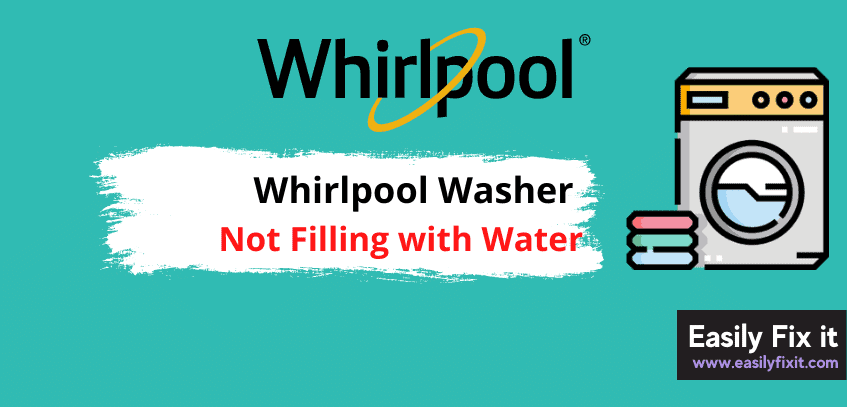Summary
For Whirlpool washers to function correctly, they must get a continuous water supply. If it isn’t getting water, then you need to troubleshoot it.
This guide explains why your Whirlpool is not filling with water along with solutions to fix it.
Whirlpool Washing Machine Not Filling with Water
Here’s how to fix your Whirlpool washer when it isn’t filling with water: First, check the water flow and pressure in your home. If it is alright, ensure the faucets at the water supply end of washr are open. If this does not help, clean the water inlet hose, and inspect the water inlet valve and washer timer.
Don’t worry. I will explain the above solutions in detail. However, before you proceed, here are some words of caution:
If your Whirlpool washing machine is under warranty, I recommend contacting Whirlpool support and asking for advice. Unfortunately, opening your Whirlpool washer will void its warranty in most cases, so leave it as a last option.
Check Water Flow and Pressure
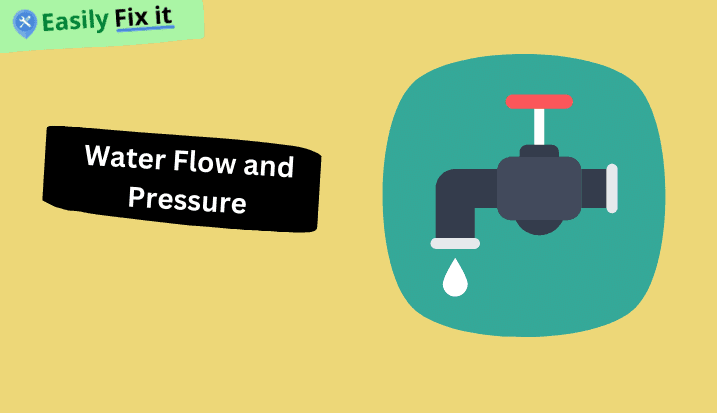
Almost all washers not only require a continuous water supply, but they should be at the recommended pressure. If the supplied water pressure is too low or too much, it won’t fill your Whirlpool washer drum.
So, the first step in troubleshooting your Whirlpool washing machine, which won’t fill with water, is to inspect your household water supply. It could also be due to a disruption in your home water supply. To confirm that, open other water taps in your kitchen.
If the water supply is OK, there might be a problem with your house piping. In that case, I’d recommend calling a qualified plumbing technician to trace and fix the problem causing the interruption of water flow to your Whirlpool washer.
Check Water Supply Faucets
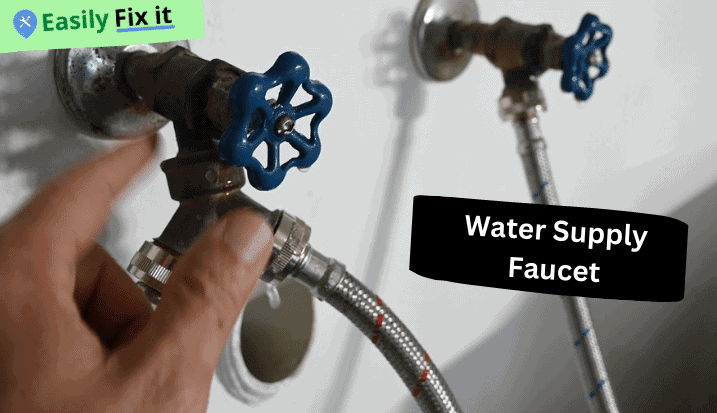
In most cases, like in all other water supply connections in your home, there will be a faucet or valve at the water supply end of the hose.
Make sure that the water faucet is open. Both taps should be fully open if your Whirlpool washer has cold and hot water supplies.
If both the faucets are open and your Whirlpool washing machine is still not getting water, then maybe the faucets are damaged or blocked. In that case, you will have to replace the faucets with a new one.
Clean Water Inlet Hose
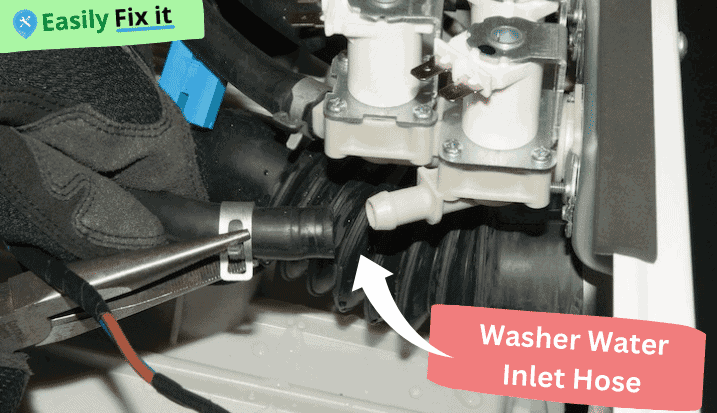
If you observe that water is not flowing through the inlet hose to your Whirlpool washing machine, then perhaps the hose is blocked.
You must test the water inlet hose. To do that, first turn off the water supply and then disconnect the water inlet hose from your Whirlpool washer. Now, try flowing the water through it in a sink. If the water does not flow through it properly, it is choked with debris and dust and must be cleaned.
To clean the inlet water hose, pass a solution of baking soda and vinegar through it and reconnect it back to the washer.
Inspect the Water Inlet Valve
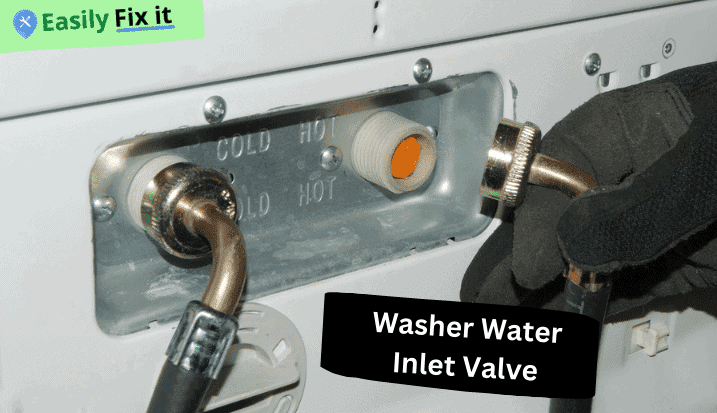
If the water inlet hose is not faulty, but still your Whirlpool washer is not getting water, then it means the water inlet valves are either closed or defective.
The water inlet valve is located on the Whirlpool washer where the water enters the washing machine. So it will be at the back of your washing machine.
Always seek help of professional technician to replace the water inlet valve on your Whirlpool washing machine.
Check the Washer Timer
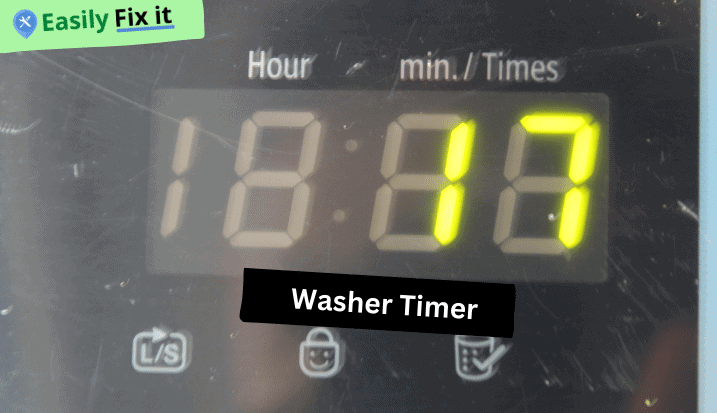
The water inlet valve operates automatically, meaning it opens and close when it receives a signal from the washing machine controller. The controller is programmed as per your set washing cycle instructions.
If the timer on your Whirlpool washing machine has gone bad, it won’t send signal to the inlet valve, thus leaving is closed.
Testing and replacing the washing machine timer is not something I’d recommend doing yourself, so always seek professional help.
Conclusion
When your Whirlpool washing machine is not filling with water, try the following solutions to fix it:
- Check the inlet water flow and pressure
- Check the inlet water faucets
- Clean the inlet water hose
- Inspect water inlet valve
- Test the washer timer

